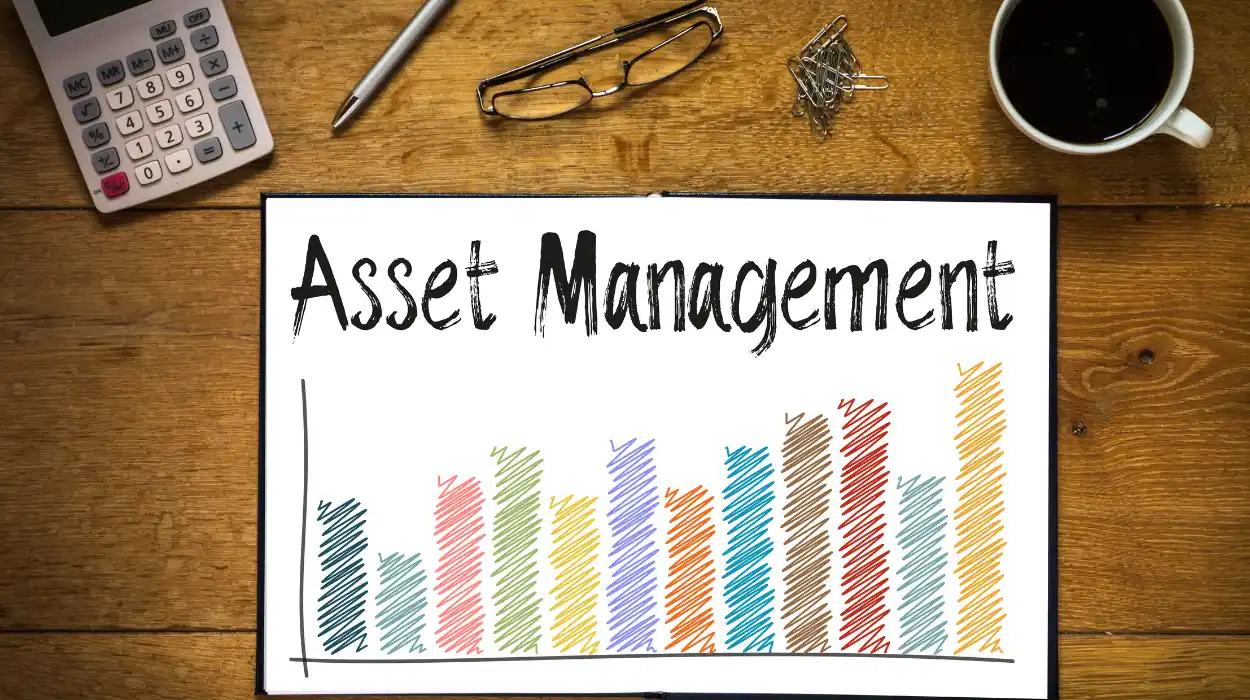In today’s competitive global economy, asset management is no longer limited to maintaining physical infrastructure or financial portfolios. It has evolved into a strategic discipline that influences organizational resilience, operational excellence, and long-term sustainability. For professionals aiming to validate their expertise in this field, the Certified Asset Management Assessor (CAMA) training provides a globally recognized benchmark of competence.
This blog offers a detailed step-by-step guide to becoming a Certified Asset Management Assessor (CAMA). It explores certification pathways, exam preparation strategies, and the professional growth opportunities available through structured training. Whether you are a manager, consultant, or technical specialist, this roadmap will help you understand the importance of certification and how to achieve it effectively.
Why CAMA Certification Matters
The CAMA certification mastery program is designed to align professionals with international standards, particularly the ISO 55000 series for asset management. It equips candidates with a framework for assessing, implementing, and auditing asset management systems.
Certification matters because:
- Organizations increasingly demand professionals with validated expertise.
- Regulatory frameworks and audits require standardized assessments.
- Certified individuals gain a competitive advantage in industries such as energy, transport, utilities, and manufacturing.
Becoming certified is not only a personal milestone but also a strategic asset for organizations committed to operational excellence.
Step 1: Understand the Certification Requirements
The asset management assessor certification program sets clear eligibility requirements. Typically, candidates must demonstrate a combination of education, professional experience, and knowledge of asset management frameworks.
Key requirements include:
- A university degree or equivalent professional qualification.
- A minimum of five years of relevant industry experience.
- Familiarity with asset management standards, especially ISO 55000.
By clarifying eligibility early, candidates ensure they meet the criteria before investing time and resources in training.
Step 2: Enroll in Professional Training
The cornerstone of preparation is enrolling in an asset management assessor professional training course. These programs are designed to provide comprehensive knowledge of asset management principles, risk assessment, life cycle management, and performance evaluation.
Training typically covers:
- Fundamentals of asset management frameworks.
- Techniques for evaluating organizational asset strategies.
- Application of assessment methodologies in real-world scenarios.
An accredited certified asset management skills development course ensures candidates not only prepare for the exam but also develop practical, workplace-ready skills.
Step 3: Build Competence Through Skills Development
Certification is more than passing an exam—it is about building lasting competence. The certified asset management skills development course emphasizes both technical and leadership capabilities.
Professionals develop competence in:
- Designing asset management systems that support business goals.
- Using data-driven insights for decision-making.
- Communicating findings to stakeholders with clarity.
Through structured practice, candidates become equipped to act as trusted assessors capable of guiding organizational improvement.
Step 4: Focus on CAMA Exam Preparation
The CAMA exam preparation and training phase is critical. Candidates must review core materials, practice assessments, and engage in mock exams to familiarize themselves with the structure.
Strategies include:
- Studying ISO 55000 standards in depth.
- Reviewing case studies from industries such as utilities and infrastructure.
- Practicing time management to answer questions effectively under pressure.
Targeted preparation builds confidence, ensuring candidates approach the exam with clarity and precision.
Step 5: Attempt the Certification Exam
The CAMA exam is a formal evaluation of a candidate’s knowledge, analytical skills, and ability to apply frameworks. This step is the culmination of the professional asset management certification process.
Exam content includes:
- Asset management principles and frameworks.
- Assessment techniques and methodologies.
- Application of asset management standards across industries.
Candidates who succeed in the exam receive recognition as globally certified assessors, joining an elite professional community.
Step 6: Advance Through Continuous Learning
Certification is not the end of the journey—it is the beginning of continuous growth. Many professionals pursue an advanced asset management assessor training course to deepen their knowledge and specialize in emerging areas.
Advanced courses explore:
- Digital transformation in asset management.
- Predictive analytics and AI in asset management strategies.
- Sustainability and ESG-focused asset management practices.
These programs position professionals as thought leaders in an evolving global landscape.
The Value of Professional Certification
Becoming a certified assessor brings measurable benefits to both individuals and organizations. Certified professionals:
- Demonstrate credibility in global markets.
- Unlock career opportunities in industries with complex asset systems.
- Support organizations in achieving compliance and operational excellence.
The value of a CAMA certification mastery program lies in its ability to validate expertise while preparing professionals for the challenges of modern asset management.
Final Thoughts
The journey to becoming a Certified Asset Management Assessor (CAMA) requires dedication, structured learning, and professional practice. By enrolling in the right programs, candidates gain the skills to succeed in the asset management assessor certification program and beyond.
For professionals seeking reliable and globally recognized training, the Oxford Training Centre provides comprehensive pathways. While renowned for its sales and marketing training courses, the institute also offers robust programs designed for asset management professionals, helping them prepare for certification with confidence.
By investing in structured training and continuous learning, professionals not only achieve certification but also position themselves as leaders in asset management for the future.

